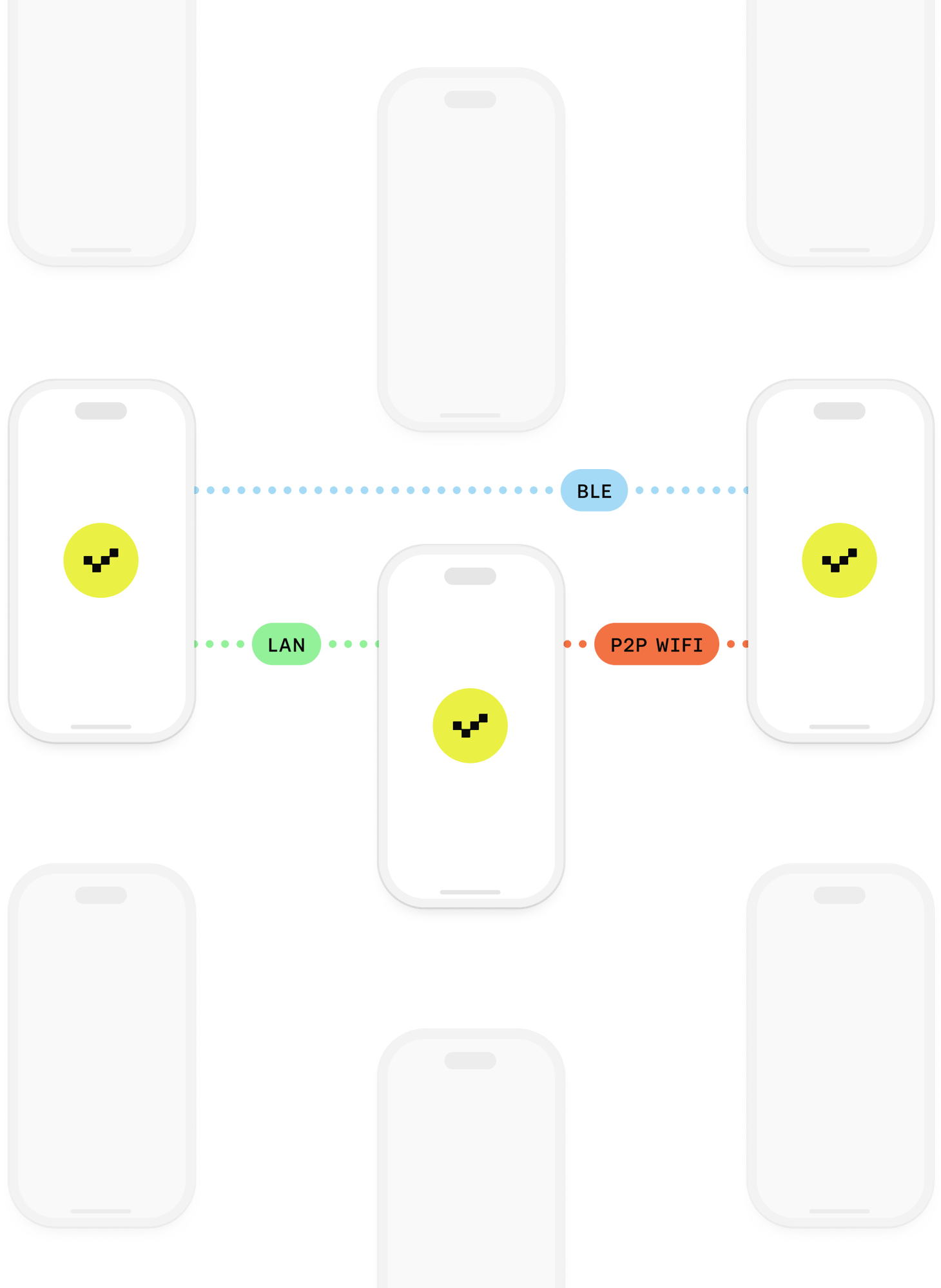WEBINAR
Demystifying Edge
the State of Computing, Intelligence, and Native App Development
Event Details
-
Date: May 6, 2025
-
Time: 9 AM PT / 12:00 PM ET / 4 PM GMT
-
Duration: 45 minutes
-
Location: Virtual (Registration Required)
-
Speaker: Simon Leigh, Director of Solutions Engineering
Key Takeaways
- Understanding the intersection of edge computing, edge intelligence, and edge-native architecture
- What are edge devices and what is the available technologies and models that power these devices?
- How your edge strategy can affect critical business outcomes such as speed of service, customer experience, revenue, operational resilience, and more.
- How the relationship between cloud and edge shifting
- Today's challenges and limitations of edge
- How industry leaders are deploying edge-native applications
Background
With the increase in deskless workers and edge devices, alongside the acceleration of AI, real-time, on-device processing and the ability to share that data quickly are becoming critical requirements for next-generation applications.
What to Expect
Join us as we demystify the meaning of edge, historically, today, and in the future, with a focus on how edge-computing, edge intelligence (edge AI), and edge-native architecture come together to form the foundation of an organizational edge strategy. We’ll share an overview of the edge landscape and the crucial role it plays in a wide range of use cases, from technological feats such as enhanced privacy, reliability, and resiliency to operational successes like faster decision-making, higher revenues, and improved customer experience.
About the Speaker

Simon Leigh
Director, Solutions Engineering at Ditto
Simon Leigh is the Director of Solutions Engineering at Ditto, helping organizations build resilient edge-native systems through peer-to-peer sync and offline-first design.
Over the past decade, he has held leadership roles at Couchbase and Confluent, working at the forefront of the mobile, edge, and cloud revolution.
With deep experience across edge, cloud, and hybrid architecture, Simon brings a sharp perspective on how modern architectures must evolve to meet the demands of increasingly disconnected and mobile environments.
ABOUT DITTO
Keep Mission-Critical Systems Online When it Matters Most
Ditto is an edge-native, mobile database built to consistently support your business anytime, anywhere. Edge-native solutions are built specifically to thrive on mobile and edge devices, without relying solely on cloud-based services.
-
Build flexible operations that are both latency-sensitive and resilient without reliance on network hardware, edge servers, or the cloud
-
Decentralize your systems to remove single points of failure that lead to operational bottlenecks
- Drive consistent revenue and customer service anywhere, regardless of connectivity or bandwidth


Support enterprise-mobility in any environment, regardless of connectivity
Enhance offline-first architecture with mesh networking
Offline-first architecture makes critical data always available and editable when offline, but Ditto takes this one step further by automatically connecting to nearby devices and syncing database changes via direct peer-to-peerSeamlessly combine IP-based and peer-to-peer data transports
Ditto’s efficient utilization of both online and local networks ensures that data always gets to where it needs to be, even without the internet. The Ditto SDK has out-of-the-box support for Bluetooth Low Energy, Peer-to-Peer Wi-Fi, Local Area Network, and more!Develop resilient applications on whatever platforms fit your business
Ditto handles cross-platform data sync automatically, utilizing Bluetooth Low Energy to move data across devices regardless of platform and OS. We strive to support developers everywhere with support for Swift, Kotlin, React Native, Flutter, and more.
Frequently Asked Questions
What is Edge-Native Architecture and Application Development?
Edge-native solutions are built specifically to thrive on mobile and edge devices, without relying solely on cloud-based services.
Similar to cloud-native where the architecture required to run your applications lives exclusively in the cloud, Edge-Native architecture means that everything you need to run your applications lives at the edge.
What is Edge Sync?
We consider “The edge” as the physical environment where software is running on devices or local networks, close to where deskless workers operate.
Edge Sync is the ability for edge devices to synchronize data locally without the need for a central cloud authority.
How does Ditto enable data data without the internet?
Ditto maintains multiple connections between devices at once, both online and offline to ensure data can continue to move between devices in the event traditional networks, such as the cloud, are interrupted. Out-of-the-box, Ditto automatically utilizes BLE, P2P Wi-Fi, a LAN, IP-based transports, and Cellular.
How does Ditto enable offline data?
At the heart of Ditto's local-first architecture is a realtime database that takes in JSON-like data structures. That means that even if a device with Ditto is completely disconnected from other devices, it will still have the data stored locally. That means even in a completely offline environment, users will still be able to edit, read, and observe data. When devices reconnect, they will exchange relevant information that was edited when they were offline. You can think of this as a similar behavior to Google Docs or Google Sheets.
How does Ditto deal with sync conflicts?
In Ditto's implementation, conflicts are automatically resolved, merged, and synced across peers without the need for coordination or validation from a centralized authority.
What security does Ditto use for sync?
Encrypted at the transport layer using version 1.3 of the Transport Layer Protocol (TLS), clients and servers are mutually authenticated prior to transmission of API and peer-to-peer access credentials. The use of mutually authenticated TLS (mTLS) mitigates potential risks posed by outside attackers attempting to masquerade as a valid API endpoint or peer in the mesh network to steal information.
